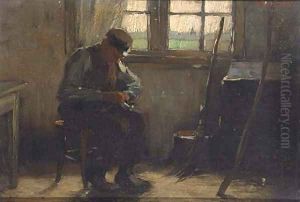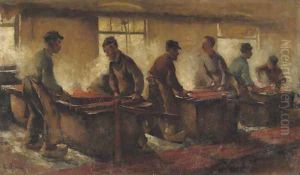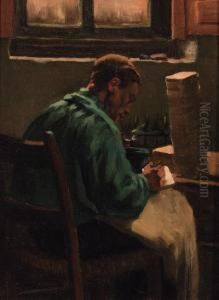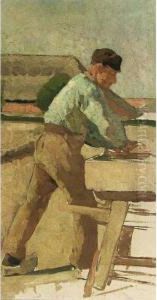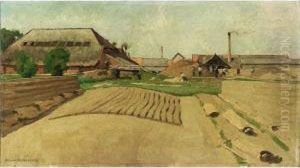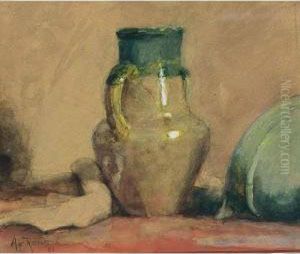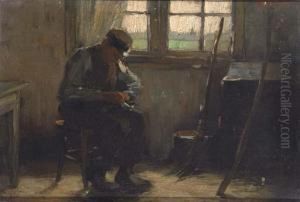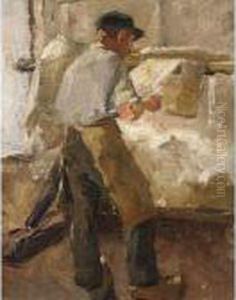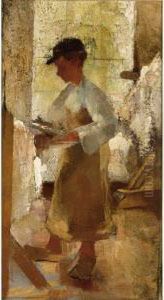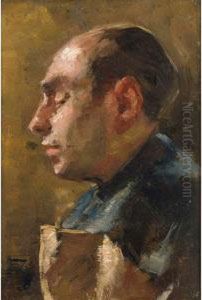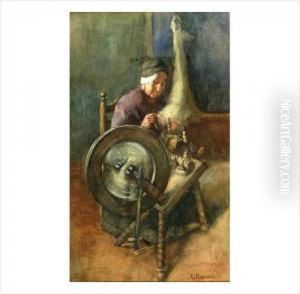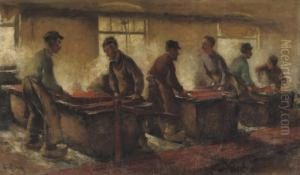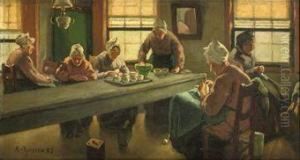Alexander Gerhard Anton Ridder Van Rappard Paintings
Alexander Gerhard Anton Ridder van Rappard, born on August 14, 1858, in Zeist, Netherlands, was a distinguished Dutch painter and a notable figure in the art world of the 19th century. His full name reflects his noble lineage, as he was born into the aristocratic Rappard family. Van Rappard's early life was marked by his passion for art, leading him to pursue an education in fine arts despite his aristocratic background which could have led him down a more conventional path.
Van Rappard's artistic journey began at the Royal Academy of Fine Arts in The Hague, where he honed his skills and developed a keen interest in the realist movement, which was gaining popularity in Europe at the time. His desire to expand his artistic horizons took him to Brussels, where he continued his studies. It was during this period that he became acquainted with Vincent van Gogh, with whom he formed a significant, albeit complex, friendship. This relationship proved to be influential in his development as an artist, with the exchange of letters between van Gogh and van Rappard providing valuable insights into their artistic views and philosophies.
Throughout his career, van Rappard was drawn to the lives of the working class and the rural poor, themes that were prevalent in his work. His paintings often depicted scenes of laborers and peasants, imbued with a sense of realism and empathy that resonated with the social realist movement of the time. Despite his noble background, he was deeply committed to portraying the hardships and dignity of the common people, a testament to his progressive views on society and art.
Van Rappard's contributions to Dutch art were significant, yet his life was tragically cut short when he died on March 21, 1892, at the young age of 33. Although his career was brief, his work left an indelible mark on the Dutch art scene, and he remains a respected figure among art historians and enthusiasts for his dedication to realism and his compassionate portrayal of the human condition. His friendship with Vincent van Gogh also highlights an important chapter in the history of art, illustrating the interconnectedness of artists and the impact of their relationships on their work and development.
